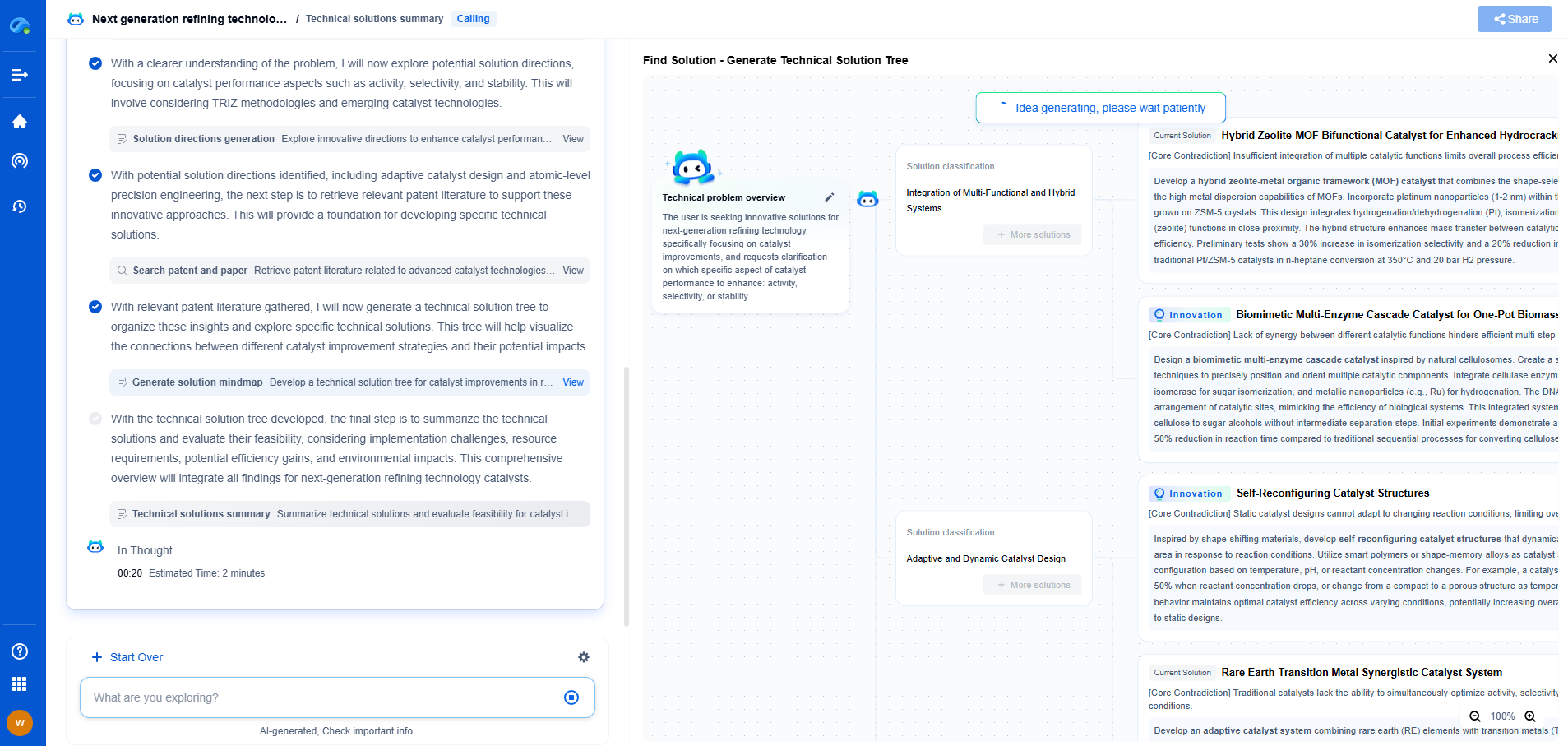Structured Text (ST) is a high-level, IEC 61131-3-compliant programming language used in industrial control systems, particularly for programmable logic controllers (PLCs). It resembles Pascal and is ideal for complex algorithms, data processing, and repetitive logic operations. ST enables modular, readable, and maintainable code and is often used alongside ladder logic and function block diagrams in automation projects. Its strengths lie in handling mathematical computations, loops, and conditional branching efficiently.
Understanding the Basics of Structured Text
Structured Text is a textual programming language that allows developers to write programs using statements similar to those found in conventional programming languages. It is particularly advantageous in situations requiring complex mathematical computations, decision-making processes, or data manipulation. The language's syntax includes standard programming constructs such as loops, conditional statements, and functions, providing a familiar environment for many programmers.
Advantages of Using Structured Text
Structured Text offers several benefits for developing complex control algorithms:
1. Readability and Maintainability: The high-level nature of Structured Text makes programs easier to read and maintain compared to ladder logic or function block diagrams. Comments and descriptive variable names further enhance clarity.
2. Flexibility: With support for loops, conditional statements, and array handling, Structured Text provides the flexibility needed for implementing intricate control strategies.
3. Reusability: The modular nature of Structured Text allows developers to create reusable code blocks and functions, promoting efficient code reuse across different projects.
Implementing Complex Control Algorithms
1. Utilizing Loops and Conditional Statements: Structured Text excels in scenarios where iterative processes and decision-making are required. For instance, PID control algorithms can be effectively implemented using loops to compute the control variable based on real-time system feedback.
2. Advanced Data Manipulation: Structured Text supports complex data handling, enabling manipulation of arrays and records. This capability is crucial when dealing with large sets of data or when implementing algorithms that require data sorting, filtering, or aggregation.
3. Mathematical Computations: The language's robust support for mathematical operations makes it ideal for control algorithms that rely on complex mathematical models. Calculations involving trigonometry, logarithms, or exponentials can be seamlessly integrated into the control logic.
Best Practices for Writing Structured Text
1. Modular Design: Break down the control algorithm into smaller, manageable functions or blocks. This modular approach simplifies debugging and enhances code reuse.
2. Consistent Naming Conventions: Use descriptive names for variables, functions, and program blocks to improve readability and understanding for future maintenance.
3. Commenting: Provide clear and concise comments throughout the code. This practice is invaluable for documenting the logic and purpose of each section, making it easier for others to follow and modify the program if needed.
4. Testing and Simulation: Rigorously test the Structured Text code in a simulated environment before deploying it to the actual system. This step ensures that the control algorithms perform as expected under various conditions.
Conclusion
Structured Text is a powerful tool for implementing complex control algorithms in industrial automation systems. Its readability, flexibility, and support for advanced programming constructs make it an excellent choice for engineers dealing with sophisticated control tasks. By adhering to best practices and leveraging the language's capabilities, developers can create efficient, maintainable, and robust control solutions that meet the demanding requirements of today's industrial applications. Whether you're dealing with PID control, data manipulation, or advanced mathematical computations, Structured Text provides the necessary features to tackle these challenges effectively.
How to Use Structured Text for Complex Control Algorithms
JUL 2, 2025 |
Ready to Reinvent How You Work on Control Systems?
Designing, analyzing, and optimizing control systems involves complex decision-making, from selecting the right sensor configurations to ensuring robust fault tolerance and interoperability. If you’re spending countless hours digging through documentation, standards, patents, or simulation results — it's time for a smarter way to work.
Patsnap Eureka is your intelligent AI Agent, purpose-built for R&D and IP professionals in high-tech industries. Whether you're developing next-gen motion controllers, debugging signal integrity issues, or navigating complex regulatory and patent landscapes in industrial automation, Eureka helps you cut through technical noise and surface the insights that matter—faster.
👉 Experience Patsnap Eureka today — Power up your Control Systems innovation with AI intelligence built for engineers and IP minds.
- R&D
- Intellectual Property
- Life Sciences
- Materials
- Tech Scout
- Unparalleled Data Quality
- Higher Quality Content
- 60% Fewer Hallucinations
Browse by: Latest US Patents, China's latest patents, Technical Efficacy Thesaurus, Application Domain, Technology Topic, Popular Technical Reports.
© 2025 PatSnap. All rights reserved.Legal|Privacy policy|Modern Slavery Act Transparency Statement|Sitemap|About US| Contact US: help@patsnap.com

